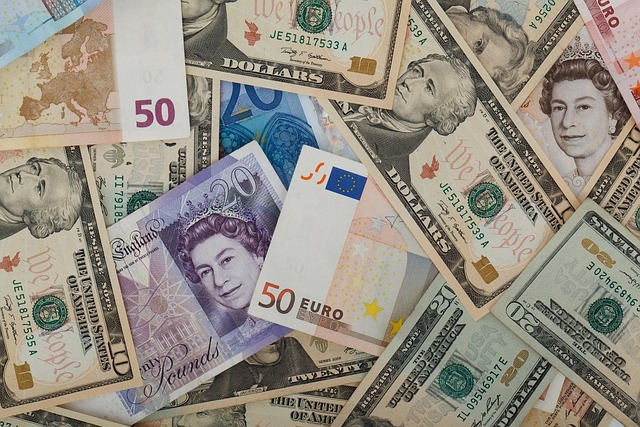The British Pound has taken a notable dip in global foreign exchange markets, sliding to 1.3176 against the US Dollar—a decline of -0.97% from the previous day’s close. This movement marks a continuation of volatility seen in the GBP/USD currency pair, with a five-day window revealing a peak at 1.33805 and a trough at 1.31403, culminating in a -0.75% overall weekly drop.
While minor fluctuations are routine in currency markets, this recent shift has sparked attention among economists, traders, and consumers alike. With implications ranging from import prices to investment returns, understanding the reasons behind the Pound’s current trajectory and what it signals for the broader UK economy is more crucial than ever.
GBP/USD Slides to 1.3176: A Closer Look
Daily and Weekly Changes in Focus
As of the latest market close, the Pound stands at 1.3176 USD—a sharp decline reflecting nearly a full percentage drop in just one trading session. For many observers, such a decline within 24 hours suggests either weakening domestic sentiment or strengthening foreign currency demand, in this case, the US Dollar.
Zooming out slightly, the five-day chart reveals more subtle but consistent pressure on the Pound. Starting the week around 1.3285, GBP/USD faced resistance, dipping steadily and ultimately bottoming near 1.31403 before rebounding slightly to today’s level. While not a collapse, the pattern paints a picture of fading momentum.
Comparing Peak and Trough Trends
To assess whether this movement is part of a broader trend or just short-term noise, it’s helpful to compare the current rate to previous highs and lows. Over the past month, the Pound has fluctuated between 1.3434 and 1.2735. The current 1.3176 sits neatly in the middle, but the recent downward angle hints at a potential shift in sentiment—either about the UK economy or investor appetite for risk.
On a 90-day basis, the pair’s average hovers around 1.2883. By that metric, the current exchange rate still represents a relatively strong Pound. However, the recent loss in momentum has prompted analysts to warn of potential downside if macroeconomic factors continue to weigh heavily on the UK.
What’s Driving the Drop?
UK Economic Data and Bank of England Sentiment
Several domestic factors are contributing to the Pound’s dip. Most notably, mixed economic data out of the UK has caused confusion and hesitation in currency markets. While inflation has cooled from recent highs, it remains above the Bank of England’s target, leaving the central bank in a difficult position on interest rates.
At the same time, recent growth indicators—including retail sales and manufacturing output—have fallen short of expectations, stoking fears of stagnation or even a shallow recession. Investors see this as a sign that the Bank of England may pause rate hikes sooner than expected, reducing GBP appeal.
Governor Andrew Bailey’s cautious tone in his latest remarks added fuel to that fire. His suggestion that the monetary tightening cycle may be nearing its end sent ripples through forex markets, triggering a sell-off in the Pound.
US Dollar Strength and Global Market Conditions
The other side of the GBP/USD equation is the Dollar itself—and it’s surging. The US Dollar Index (DXY) has been climbing as investors pile into American assets amid geopolitical tension and economic uncertainty abroad. With US bond yields rising and the Federal Reserve maintaining a firm stance on interest rates, the Dollar has become a safe haven once again.
This Dollar strength naturally weighs on other currencies, particularly those with more dovish central banks or weaker economic fundamentals. The Pound, caught between domestic policy indecision and global uncertainty, is among the first to feel the impact.



